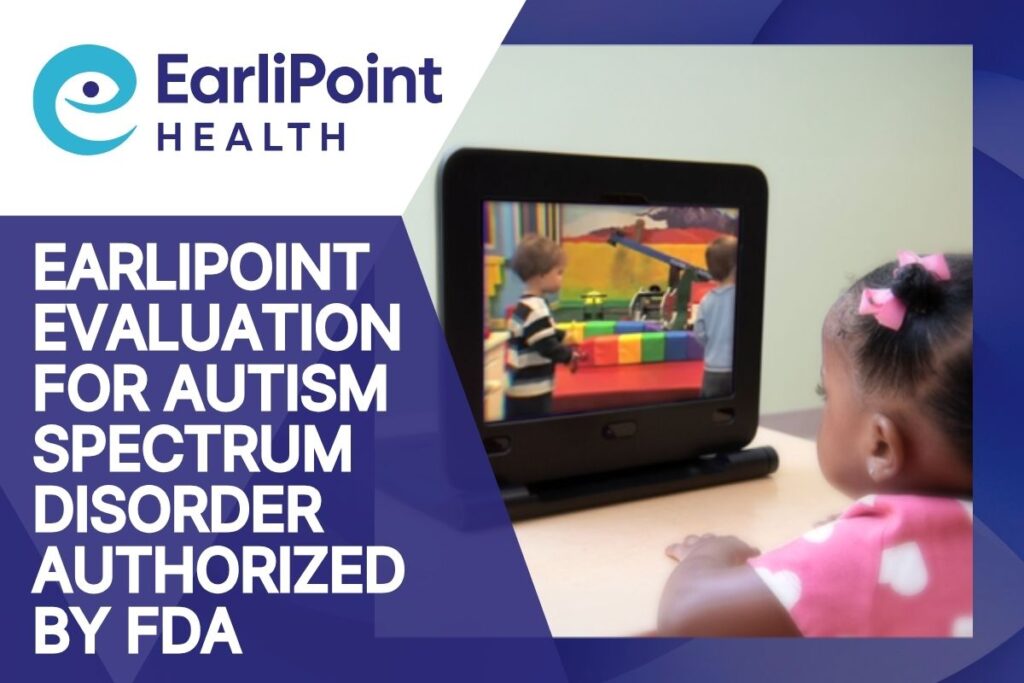Why Early Detection Matters
Every child develops at their own pace, but when certain social, communication, or behavioral milestones are missing, it may be an early indicator of autism spectrum disorder (ASD). Research shows that early intervention—especially before age 3—can significantly improve a child’s ability to communicate, interact, and develop essential life skills.1
Parents often wonder: Should I be concerned about my child’s development? If you’ve noticed behaviors that seem different from their peers, trust your instincts. This article will help you recognize early autism signs, explain why timely action is critical, and guide you toward resources for evaluation and support.
What Are the Early Signs of Autism?
Many children show early signs of autism before their second birthday. However, subtle differences in communication, social engagement, and repetitive behaviors may appear as early as 12 months.2 The American Academy of Pediatrics recommends developmental screenings at 18 and 24 months, but parents are often the first to notice concerns.3
Common Early Signs of Autism
If your child consistently exhibits any of the following behaviors, it may be time to seek further evaluation:
Delayed Speech and Communication
- Lack of babbling by 12 months4
- Few or no words by 16 months
- Limited gestures (e.g., pointing, waving) by 12 months
Limited Eye Contact and Social Engagement
- Avoids making eye contact, even with familiar people
- Does not respond to their name by 9-12 months5
- Prefers to play alone rather than engage with others
Repetitive Behaviors and Unusual Interests
- Flaps hands, rocks, or spins objects repeatedly
- Displays intense attachment to routines and has difficulty with change
- Shows little interest in imaginative play (e.g., pretending to cook or talk on the phone)
Sensory Sensitivities
- Overreacts to loud noises, bright lights, or certain textures6
- Unusual responses to pain or temperature changes
- Seeks sensory input, such as excessive touching or smelling of objects
Why Acting Before Age 3 is Critical
Early intervention makes a profound difference. Studies show that children who receive therapy before the age of three demonstrate significant improvements in communication, social skills, and independence.7 The brain is most adaptable in the first few years of life, allowing early therapy to help shape a child’s development.
Key Benefits of Early Diagnosis and Support:
- Better Communication: Children receiving speech and language therapy develop stronger verbal and non-verbal communication skills.
- Improved Social Interaction: Early therapies can help children engage more effectively with peers and family members.8
- Increased Independence: The right interventions can teach self-help and coping skills that improve daily living.
Waiting to “see if they catch up” can lead to missed opportunities for intervention. If you have concerns, seeking an evaluation sooner rather than later is the best course of action.9
How to Get an Autism Evaluation
If you notice potential autism signs in your child, don’t wait for a pediatrician to bring it up. Parents are their child’s best advocates.
Steps to Take:
- Complete the Parent questionnaire
- Talk to Your Pediatrician: Express your concerns clearly and ask for a developmental screening. Pediatricians use tools like the M-CHAT-R/F (Modified Checklist for Autism in Toddlers) to assess risk.10
- Request a Referral for an Evaluation: If screening results suggest further assessment, your doctor may refer you to:
- A developmental pediatrician
- A child psychologist or neurologist
- An early intervention specialist
- Access Early Intervention Services: In the U.S., children under age 3 may qualify for free or low-cost early intervention programs through their state’s Early Intervention (EI) program.11 These services may include:
- Speech and language therapy
- Occupational therapy
- Behavioral therapy
For children over 3, public schools provide free developmental evaluations and special education services under the Individuals with Disabilities Education Act (IDEA).12
Taking the Next Step: What You Can Do Today
If you suspect your child may have autism, the best action is to start now:
- Observe and Document Behaviors: Keep a log of any developmental concerns.
- Use Online Screening Tools: The M-CHAT-R/F is available for free and can help guide your next steps.13
- Contact Your Pediatrician: Schedule a developmental checkup and discuss your concerns.
- Connect with Support Groups: Many parents find comfort in joining autism parenting communities for guidance and emotional support.
Conclusion
Spotting early autism signs doesn’t mean something is “wrong” with your child. It simply means they may need extra support to thrive. The earlier parents seek guidance, the more opportunities their child has for growth and success.
Acting before age 3 can change a child’s developmental path. If you have concerns, trust your instincts and reach out for help. Your child’s future starts with the actions you take today. If you have concerns, trust your instincts and reach out for help. Your child’s future starts with the actions you take today. By staying informed and proactive, you’re taking essential steps toward ensuring your child’s success. For comprehensive resources and guidance tailored for parents and caregivers, visit EarliTec Diagnostics’ website at https://earlipointhealth.com/parents-caregivers/
For comprehensive resources and guidance tailored for parents and caregivers– visit our Parent page.
References
- Hyman, S. L., Levy, S. E., & Myers, S. M. (2020). Identification, Evaluation, and Management of Children With Autism Spectrum Disorder. Pediatrics, 145(1), e20193447. https://doi.org/10.1542/peds.2019-3447
- Centers for Disease Control and Prevention. (2022). Learn the Signs. Act Early. https://www.cdc.gov/ncbddd/actearly/milestones/index.html
- Zwaigenbaum, L., Bauman, M. L., Choueiri, R., et al. (2015). Early Identification of Autism Spectrum Disorder: Recommendations for Practice and Research. Pediatrics, 136(Supplement_1), S10-S40. https://doi.org/10.1542/peds.2014-3667D
- Lord, C., Elsabbagh, M., Baird, G., & Veenstra-Vanderweele, J. (2018). Autism spectrum disorder. The Lancet, 392(10146), 508-520. https://doi.org/10.1016/S0140-6736(18)31129-2
- American Psychiatric Association. (2022). Diagnostic and Statistical Manual of Mental Disorders (5th ed.).
- Baranek, G. T. (2002). Efficacy of sensory and motor interventions for children with autism. Journal of Autism and Developmental Disorders, 32(5), 397-422. https://doi.org/10.1023/A:1020541906063
- Dawson, G., Rogers, S., Munson, J., et al. (2010). Randomized, controlled trial of an intervention for toddlers with autism: The Early Start Denver Model. Pediatrics, 125(1), e17-e23. https://doi.org/10.1542/peds.2009-0958
- Schreibman, L., Dawson, G., Stahmer, A. C., et al. (2015). Naturalistic developmental behavioral interventions: Empirically validated treatments for autism spectrum disorder. Journal of Autism and Developmental Disorders, 45(8), 2411-2428. https://doi.org/10.1007/s10803-015-2407-8
- Pierce, K., Gazestani, V. H., Bacon, E., et al. (2019). Evaluation of the Diagnostic Stability of the Early Autism Spectrum Disorder Phenotype in the General Population Starting at 12 Months. JAMA Pediatrics, 173(6), 578-587. https://doi.org/10.1001/jamapediatrics.2019.0624
- Robins, D. L., Casagrande, K., Barton, M., et al. (2014). Validation of the Modified Checklist for Autism in Toddlers, Revised With Follow-Up (M-CHAT-R/F). Pediatrics, 133(1), 37-45. https://doi.org/10.1542/peds.2013-1813
- Individuals with Disabilities Education Act (IDEA). (2004). Early Intervention Services for Infants and Toddlers with Disabilities. https://sites.ed.gov/idea/regs/b/a/303
- National Early Childhood Technical Assistance Center. (2011). The Importance of Early Intervention for Infants and Toddlers with Disabilities and their Families. https://ectacenter.org/topics/earlyintervention.asp
- Autism Speaks. (2022). M-CHAT-R/F Screening Tool for Autism in Toddlers. https://www.autismspeaks.org/screen-your-child




